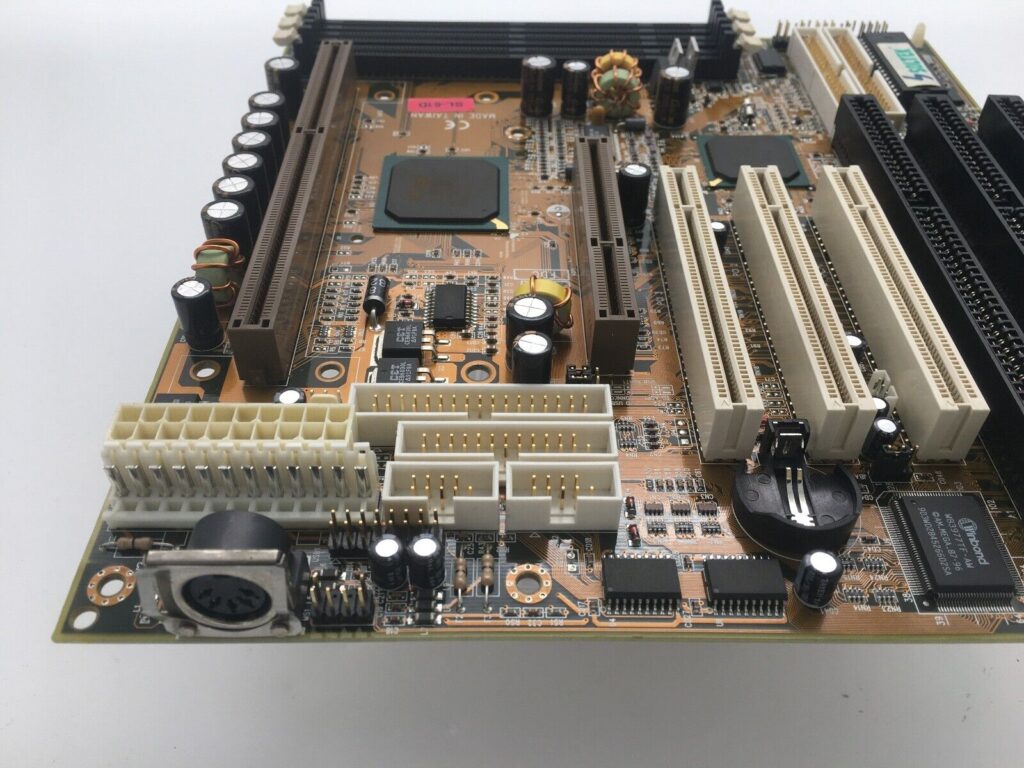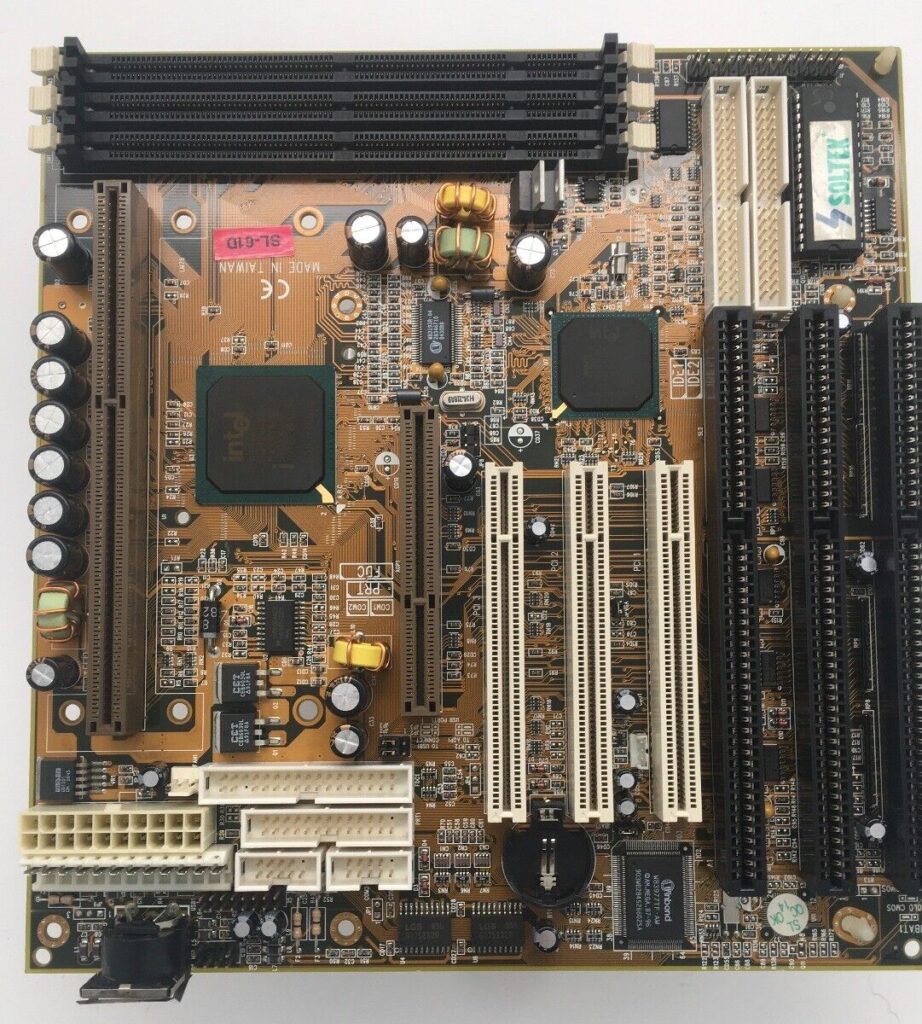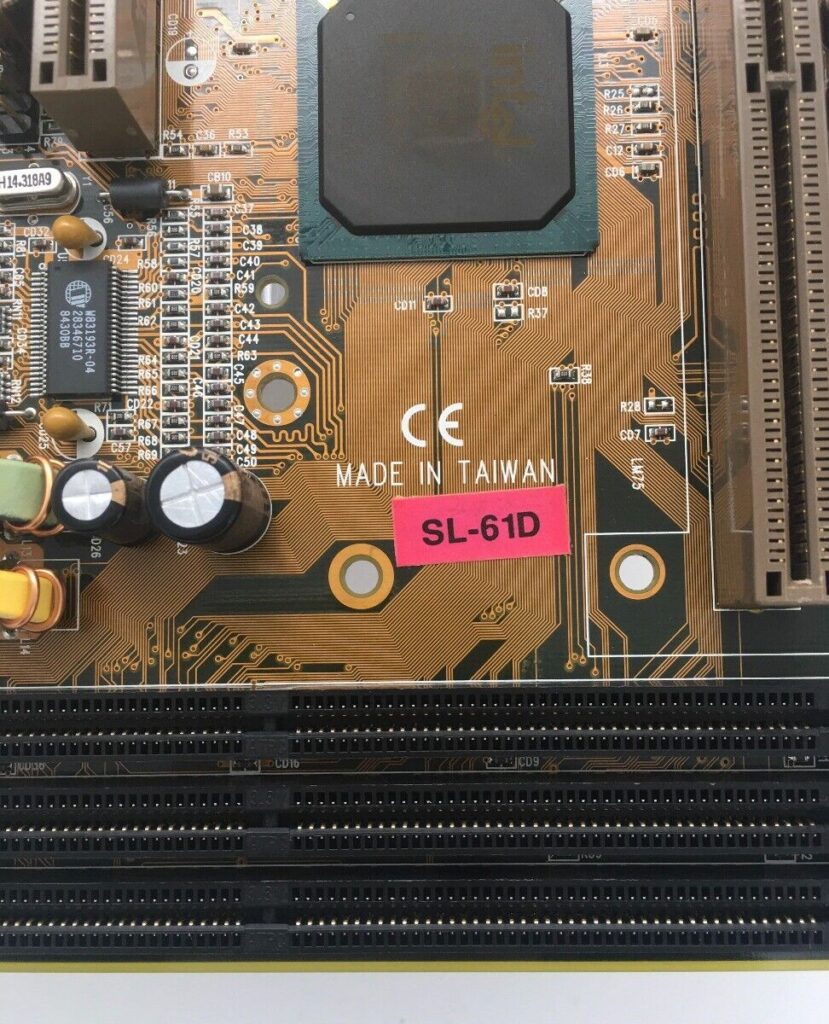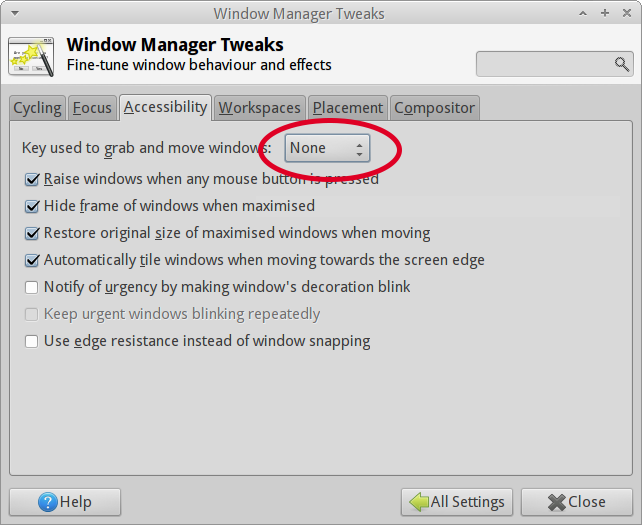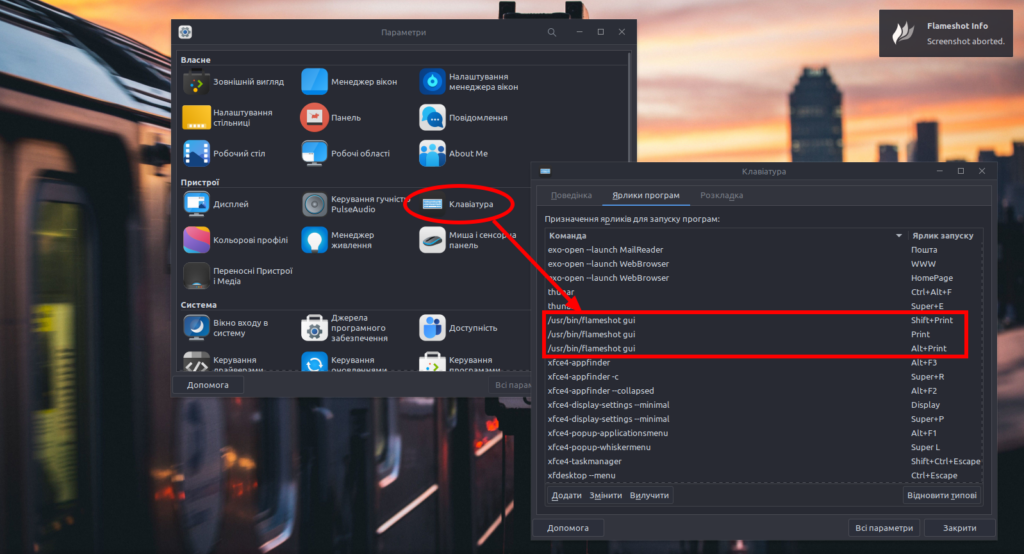Allow everything on WLAN1 that has a signal above -87dBm (eg, signal between -86 and+120 dBm) , and allow even that signal to drop below -87 dBm for 30 sec.
The allow is authenticate (associate) and forwarding (connect to other clients).
The allow-signal-out-of-range is needed because devices are in their hands, so the signal fluctuates, but I prefer not to drop them immediately.
To stop the weak signal connections on WLAN1 the next line is needed. For everything with signal between -87 and -120 dBm there is no authentication allowed.
The allow-signal-out-of range is short here (1 sec) because this is used for roaming clients that are sticky to their first AP, but they may come back very soon to this AP, and I prefer not to deny them longer than needed.
/interface wireless access-list add allow-signal-out-of-range=30s interface=wlan1 signal-range= -86..120 add allow-signal-out-of-range=1s authentication=no forwarding=no interface=wlan1 signal-range=-120..-87

